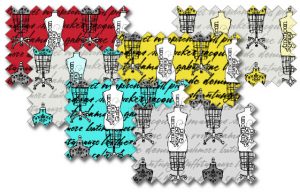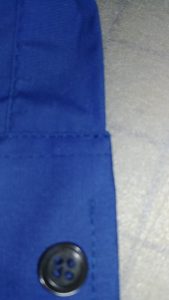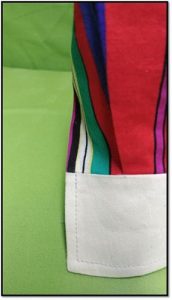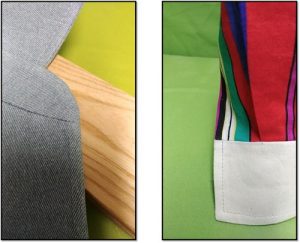 Wow! Part 2 of the Fabric Design contest has generated so much excitement and interest that it has exceeded our expectations. We have received multiple questions, and I love the way we as sewers think… out of the box. So this update will serve as a reminder of the contest and address some of those questions again.
Wow! Part 2 of the Fabric Design contest has generated so much excitement and interest that it has exceeded our expectations. We have received multiple questions, and I love the way we as sewers think… out of the box. So this update will serve as a reminder of the contest and address some of those questions again.
Entries have already started coming in. I know that there will be many others as the deadline approaches. To comply with the many requests we have received, the deadline for submissions has been extended to May 31, 2018. Yes, you now have an additional two months to work on your fabulous entries.
- Can one member submit more than one item?
Yes, as long as the items are different in terms of patterns. For example: one member can submit a handbag, a dress and a wall hanging. As a result, the chapter will be credited three entries. - Do I have to use the gray and white version of the design?
No, you can use any of the color palettes offered and in any size on any fabric. - I can’t seem to find a place to enter the discount code, ASG20.
To find the space to enter ASG20, first pick the fabric and put it in your cart. Scroll down, just below the listing of fabrics look on the left to enter the discount code - Can I use more of the coordinating fabric design than the winning design?
Yes. The rule is that the winning design made with the dress form and the ASG logo (in any color palette and size) must be featured in the project. - Can I use the winning design solely as a lining in a project?
No, using it this way does not feature the design. It must be visible from the exterior of the item. - How will you know how to credit my chapter for my entry?
After your creation is completed, you will need to submit your name, your chapter name, and a photo of your creation making sure that the winning design is clearly displayed and send it to the ASG Fabric Design Contest no later than May 31, 2018.
Now with this information, I just know that your scissors will be clipping and your machines humming to make wonderful creations as contest entries. We can’t wait to see what you create!
Joi Bostic





 Last week I told you I’d share my final blog of the year with another new sewing technique I’ll be sharing with members.
Last week I told you I’d share my final blog of the year with another new sewing technique I’ll be sharing with members. It took a lot of trial and error many years ago, long before I came on board with ASG, but I came up with a method of sewing these garment areas that finally made me happy. I’ve never put either into writing until now.
It took a lot of trial and error many years ago, long before I came on board with ASG, but I came up with a method of sewing these garment areas that finally made me happy. I’ve never put either into writing until now.


